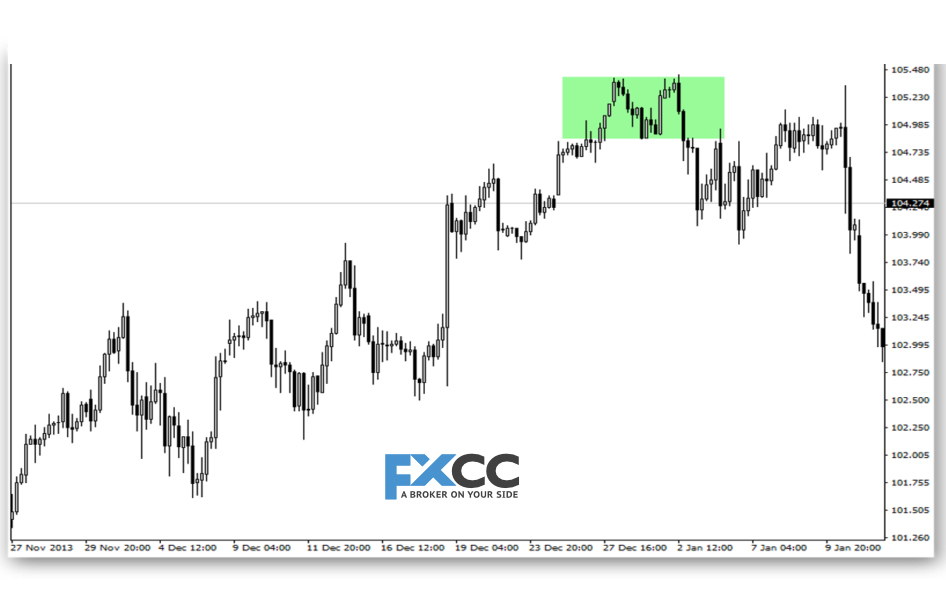Liquidity is the market’s circulatory system, dictating the efficiency with which assets can be exchanged without substantial price distortion. It’s the bedrock upon which trading strategies are constructed, determining the ease with which assets can be bought or sold without significantly impacting their price. A deep understanding of liquidity dynamics is not just a theoretical exercise; it’s a practical necessity for traders seeking sustainable profitability.
Liquidity as a Dynamic Force
Liquidity is not static. It fluctuates with market conditions, economic events, investor sentiment, and even time of day. A market that is highly liquid during regular trading hours might become significantly less liquid after hours or on weekends. This variability demands adaptability from traders.

In a market with high liquidity, you can expect to see narrow bid-ask spreads, substantial trading volume, and swift order execution. In such environments, traders can execute large orders with minimal price impact. Conversely, in low liquidity conditions, bid-ask spreads widen, order execution becomes slower, and the risk of price slippage increases.
Liquidity and Risk Management
Risk management is the cornerstone of successful trading, and liquidity plays a pivotal role. In high liquidity markets, the risk of adverse price movements due to illiquidity is reduced. However, this doesn’t mean risk disappears entirely. Even in highly liquid markets, unforeseen news or market disruptions can precipitate abrupt price shifts.
Traders can employ various strategies to manage liquidity risk. Position sizing, for instance, is crucial. In low liquidity markets, reducing position size can mitigate the impact of adverse price movements. Stop-loss orders can also be used to limit potential losses, although their effectiveness can be compromised in illiquid conditions.
Liquidity and Trading Strategy Selection
The choice of trading strategy is heavily influenced by liquidity conditions. High-frequency trading strategies, for example, thrive in highly liquid markets where rapid order execution is essential. These strategies may struggle in less liquid environments.
On the other hand, swing trading and position trading strategies can be more suitable for markets with lower liquidity. These strategies typically involve holding positions for longer periods, allowing for more time to manage risk and capitalize on market trends.
Liquidity and Order Types
The type of order a trader places can also be affected by liquidity. In highly liquid markets, market orders are often preferred due to their rapid execution times. However, in less liquid conditions, limit orders can be more advantageous. By specifying a price, traders can avoid paying excessive slippage.
Stop-loss orders and take-profit orders can also be used in conjunction with limit orders to manage risk and protect profits. However, it’s important to be aware that these orders may not be executed at the desired price in low liquidity conditions.
Liquidity and Market Microstructure
Understanding market microstructure, the mechanics of how orders interact and prices are formed, is crucial for effectively navigating liquidity conditions. The liquidity ecosystem is a collaborative effort involving a diverse range of market participants, from institutional giants to individual traders.
By analyzing order flow and market depth, traders can gain insights into liquidity dynamics. This information can be used to identify potential trading opportunities and to avoid adverse market conditions.

Conclusion
Liquidity is the unsung hero of trading. It’s the invisible force that shapes market dynamics, influences trading decisions, and ultimately determines the success or failure of trading strategies. By developing a deep understanding of liquidity and its impact on different market conditions, traders can enhance their risk management practices, optimize their strategy selection, and improve their overall trading performance.
Remember, liquidity is not a constant. It’s a dynamic variable that requires continuous monitoring and adaptation. By staying informed and flexible, traders can increase their chances of success in the complex and ever-changing world of trading.


